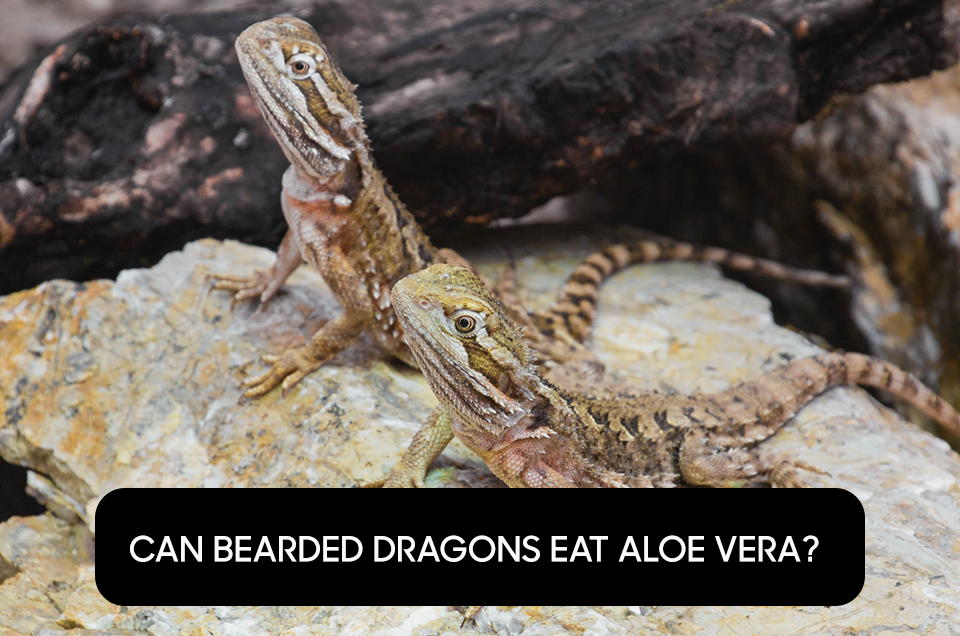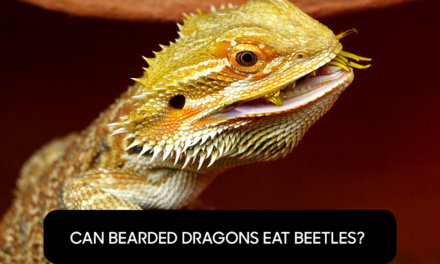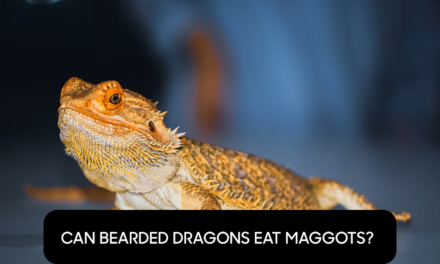
Bearded dragons are herbivores that like to eat plants, but some plants are not safe for them. Make sure to read labels and do your research before adding a new plant to your beardie’s tank.
Aloe Vera is a great addition to their diet, but it can cause diarrhea if they eat too much of it. It is also not a good source of protein and calcium, so it is best to keep your dragons from eating aloe too often.
Aloe Vera
Aloe vera is a plant that many pet owners use to treat burns, wounds and other skin conditions. The gel inside the leaves can be ingested by bearded dragons to help them stay healthy and happy.
However, you should not give your bearded dragons too much of this plant because it can cause stomach problems. It is best to feed them a small amount of this plant on a weekly basis and make sure that you only give them fresh, young leaves of aloe vera.
The benefits of aloe vera for your bearded dragons can range from helping their immune system to removing toxins from the body. It is also beneficial for their gastrointestinal health, as it can relax their gut muscles and help them to digest food properly.
If you want to give your bearded dragons aloe vera, you can use the following steps:
First, find a source of fresh, young aloe vera. Ideally, you should choose a plant that is in full bloom so it is fresh and has plenty of nutrients.
Once you have found the plant, cut it into small pieces so that your bearded dragon can eat it easily. You can insert the small pieces of aloe into their feeding dish or place them on top of their food bowls.
You can also buy commercial aloe vera supplements, but it is best to get a product that is regulated by the International Aloe Science Council. This organization tests products to ensure that they are safe for your pet.
One of the most common mistakes that people make when giving their dragons aloe vera is not giving them enough of it. This can be a serious problem, as aloe vera has many vitamins and nutrients that your dragon needs to be healthy.
In addition, you should also make sure that your dragon is getting enough water with their aloe vera. If your bearded dragon isn’t consuming enough water, they may become dehydrated and sick.
Luckily, aloe vera is an easy plant to grow in your own garden. Just be sure to plant it somewhere that it gets plenty of sunlight and keep an eye on it to make sure that it doesn’t get too big.
Callisia Repens
If you’re looking for a plant that bearded dragons can eat, callisia repens (also called callisia bianca) is a great option. This semi-succulent is easy to care for, and it’s a fun addition to a tank.
It is also quite durable, so it can withstand the elements, including rain and freezing temperatures. However, it will need bright light and a warm temperature to thrive.
This succulent is a low maintenance houseplant that looks like it has been planted in a desert oasis. Its small heart-shaped leaves can turn a vibrant purple color under your dragon’s basking light, making it a beautiful addition to any tank.
Aloe Vera is a common garden plant that has several uses. The sap and juice of this plant can help moisturize skin, soothe sunburns, and boost immune function. It can also be used to treat wounds and cleanse the gastrointestinal tract.
These plants are often found in salves and other beauty products. They are considered safe to eat, but they should be consumed in moderation. If your bearded dragon eats too much, it can cause diarrhea and other stomach problems.
Another way to feed your bearded dragon is by adding a nutrient-rich, live food like crickets, mealworms, or kingworms to their diet. Alternatively, you can add fruits and vegetables like sweet potatoes, peppers, and leafy greens.
Bearded dragons need to be fed a well-balanced diet that includes plenty of protein, calcium, and other essential vitamins and minerals. Besides providing nutrients, herbs can also help keep your bearded dragon’s skin and body healthy by keeping it moisturized and reducing the chances of skin irritation and other health complications.
Some herbs can be toxic to your bearded dragon’s digestive system if eaten in excess, so it’s important to monitor them. Herbs with high amounts of acidity, such as fennel and lemongrass, can upset your dragon’s digestive system, so you should limit the amount of these herbs in their diet.
Some other non-toxic, edible plants that you can add to your bearded dragon’s tank include ferns, cacti, and succulents. Succulents can be a good source of fiber, so they’re a great choice for vegetarian bearded dragons. Likewise, cacti can provide a healthy source of vitamin A and magnesium for your bearded dragon.
Tillandsia Ionantha
The Tillandsia ionantha, also known as Blushing Bride, is a low-maintenance air plant that doesn’t need soil. You can affix it to branches, decor, or even glass, and mist it every couple of weeks.
This tropical air plant, native to Central and South America, thrives in warm, humid conditions. It needs a bit of water to survive, but it doesn’t like to be soaked wet and doesn’t mind being lightly misted. This plant does well in open terrariums or larger containers, but it can also grow in a closed environment with the right care.
Its thick, dense leaves add lush texture and color to your beardie’s tank. It also grows quickly, so be sure to trim it regularly for a better-looking plant.
These cacti are not only easy to grow, but they’re also healthy and nutritious for your dragons. They’re full of calcium, moisture, and other minerals that your beardie needs to stay healthy.
Another popular live plant for beardie’s tank is the Bolivian Wandering Jew. This plant’s vine-like tendrils will cover your enclosure in a beautiful blanket of greenery, and it grows quickly and easily.
Unlike some plants, it doesn’t require soil or special fertilizers to thrive, so it’s an excellent choice for beginners. It’s also very hardy, and it can handle a wide range of temperatures and humidity levels.
It’s a favorite of many terrarium enthusiasts because it’s easy to care for and grows quickly. It’s also safe for bearded dragons to eat, and its spines don’t harm them.
One of the best things about this plant is that it doesn’t need any special lighting, and it can tolerate some direct sunlight. However, it’s best to keep it in indirect light, because excessive sun can cause it to dry out and scorch the leaves.
If you’re looking for a unique plant for your beardie’s tank, this cactus is the way to go. It’s easy to grow, and it’s a great addition to your beardie’s enclosure. It’s also safe for your dragon to eat, and it has a high concentration of calcium and other minerals that your beardie needs.
Parsley
Parsley is a leafy green that is high in vitamins and minerals. It is also a good source of dietary fiber, which helps keep your beardie’s digestive system healthy. It can be eaten raw or cooked and is a great addition to your beardie’s diet.
It is a delicious herb that you can use in a variety of dishes, including pastas, soups, and salads. It is an excellent source of Vitamin C and can help your beardie’s immune system. It can also help detoxify your beardie’s system if they have been eating foods that are not a healthy choice for them.
If you want to include parsley in your beardie’s diet, you should only offer it in moderation. This is because it contains a lot of oxalates, which are not good for reptiles. These oxalates can prevent the absorption of calcium, which is important for your beardie’s health.
The best way to feed your beardie parsley is to mix it with a variety of other foods, such as fruits and vegetables. This will ensure that your dragon gets all of the nutrients they need without having to consume too much of the herb.
You can also add chopped parsley to your beardie’s regular diet of greens, such as kale and collard greens. These vegetables contain a lot of calcium, which is important for your beardie’s growth.
However, it is very important to note that parsley can be toxic to your beardie if they consume too much of it. Because it is so high in oxalates, you should only give your beardie parsley every month as a treat.
When feeding your beardie any herb, make sure it is fresh and clean. This will ensure that it is safe to eat and does not contain any pesticides or other chemicals.
A healthy diet is essential for your beardie’s health and happiness. It should include a wide range of healthy foods, including fresh fruit and veggies, and meat.
It’s also important to make sure that you get a good amount of protein in your beardie’s diet, as this will help them grow and develop. You can also add some protein supplements to your beardie’s diet, as they will help them absorb more nutrients.





